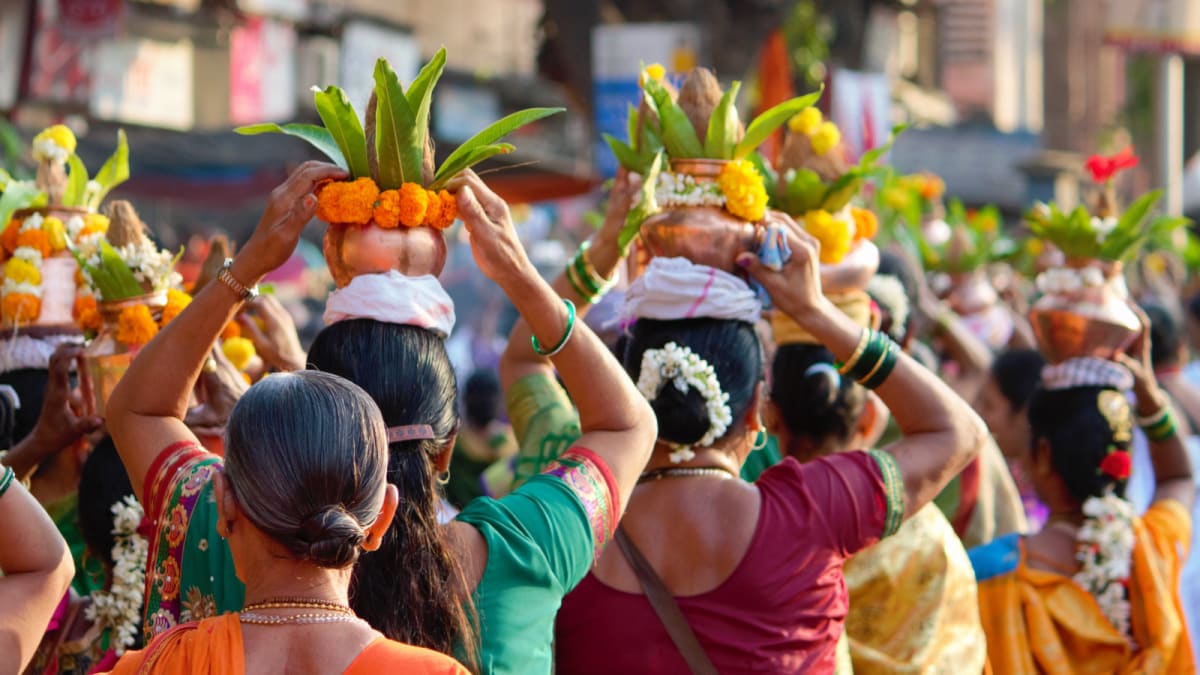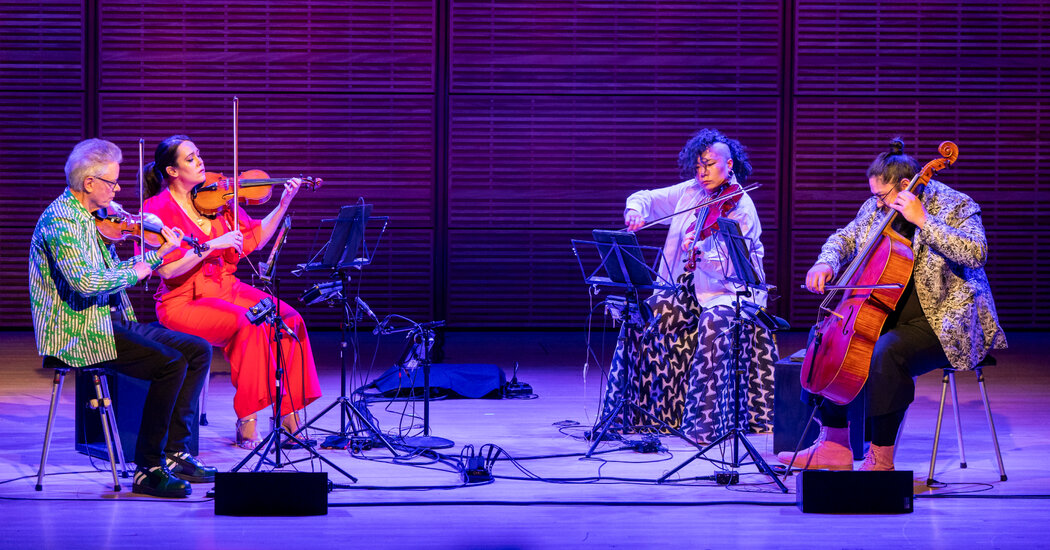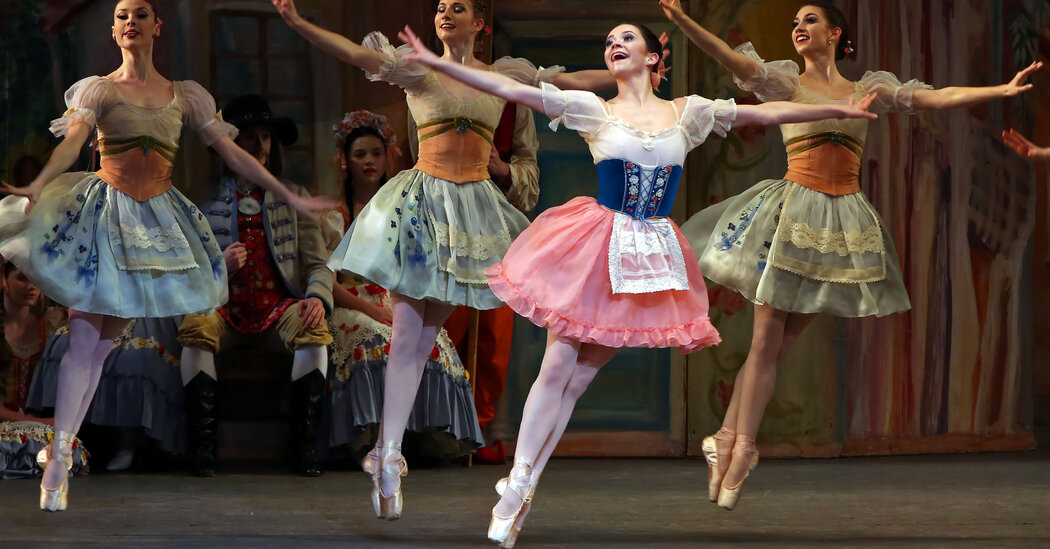
Gudi Padwa, Ugadi, Cheti Chand: Differences In Regional New Year Celebrations? – News18
Last Updated:
Gudi Padwa, Ugadi, Cheti Chand 2025: The key distinction lies in their geographic observance and traditional practices.
Gudi Padwa vs Ugadi vs Cheti Chand: All signify the beginning of the Hindu New Year. (Image: Shutterstock)
Gudi Padwa, Ugadi, Cheti Chand 2025: The festivals of Gudi Padwa, Ugadi, Chaitra Navratri and Cheti Chand all signify the beginning of the Hindu New Year, with regional variations in their celebrations and rituals. The key distinction lies in their geographic observance and traditional practices. For instance, in Maharashtra, Gudi Padwa is marked by the hoisting of a Gudi (flag), while in Karnataka and Andhra Pradesh, Ugadi is celebrated with the preparation of Ugadi Pachadi, a symbolic dish representing the flavours of life. This year, the festival will be celebrated on Sunday, March 30.
Gudi Padwa
The festival’s name is derived from two Sanskrit words—”Gudi”, symbolising the flag of Lord Brahma, and “Padwa”, referring to the first day of the lunar phase. It is also known as Samvatsar Padvo.
Regions Of Celebration: Gudi Padwa is primarily observed in the Konkan regions of Maharashtra, Goa, and coastal Karnataka.
Significance: Gudi Padwa marks the beginning of the Chaitra month in the Hindu lunisolar calendar and is celebrated as the Marathi New Year. It signifies new beginnings, prosperity, and the victory of good over evil.
Customs And Rituals: As Gudi Padwa refers to the flag raised on the first day of the lunar phase, the same ritual is followed in the Konkon regions to mark the festival. The flag is generally made with bamboo sticks and adorned with flowers, mangoes, and neem leaves, as a symbol of joy.
Ahead of this, the houses are cleaned properly and decorated with flower garlands and leaves.
Then, a beautiful rangoli is also made near the entrance. Following this, devotees worship Lord Brahma, wearing traditional Maharashtrian attire, at times perform havan, and offer prasads to people.
They also celebrate the day by dancing with loved ones and indulging in various festive foods. Amidst that, eating neem and jaggery together is found precious as it has nutritional properties that keep many diseases away.
Ugadi
The name of the festival, Ugadi is derived from the word Yugadi. This further breaks down to “yug” (era) and “adi” (new), symbolising the beginning of a new era.
Place: Ugadi is celebrated in Andhra Pradesh, Telangana, and Karnataka.
Significance: Ugadi marks the beginning of the Hindu New Year, symbolising prosperity and a new planting season.
Customs And Rituals: The festival follows several costumes right from taking a bath and proper cleaning of the houses. This is followed by wearing traditional new clothes and decoration of the house with mango leaves and flowers. A beautiful rangoli is also made with geometric patterns in front of the house.
Then, people generally visit the temple to pray to the almighty for good health and prosperity in the coming days. These are also at times accompanied by reading/listening to the Panchanga Sravanam (Hindu panchang), where predictions for the upcoming year are made based on moon signs.
Finally, the day is celebrated by family gatherings and indulging in traditional dishes like “Ugadi Pachadi” which is the main highlight of the festival. This is generally a mix of sweet, bitter, salty, sour, spicy and tangy ingredients. As per common belief, the taste which you will get the most on the first bite will reveal how your upcoming year will go.
Cheti Chand (Jhulelal Jayanti)
The name of the festival Cheti Chand has been derived from two words, “Cheti”, which refers to the Sindhi month of Chet (Chaitra) and “Chand”, which means moon.
Place: Cheti Chand is widely celebrated by the Sindhi community.
Significance: Cheti Chand, also known as Jhulelal Jayanti, commemorates the birth of Jhulelal, the patron saint of Sindhis. This also marks the beginning of the Sindhi New Year.
Customs and rituals: Cheti Chand is celebrated with great enthusiasm by Sindhi Hindus, marking the birth anniversary of Jhulelal, their revered saint. The celebrations often follow a 40-day prayer ritual known as Chaliho, with Cheti Chand serving as the grand culmination of this observance.
On this auspicious day, devotees observe a fast, breaking it only after performing the Behrana Sahib ritual. This ceremonial offering includes an oil diya, cardamom, sugar, fruits, Akho, and Jyot Jagan (a wheat flour diya with five wicks).
After immersing Behrana Sahib in water, worshippers sing Pallav and offer prayers to Varun Dev, the Hindu God of Water.
According to Sindhi folklore, their ancestors prayed for divine intervention to escape the tyranny of Mirkshah, a Muslim ruler. Their prayers were answered with the birth of a divine child in Nasarpur, who later became Saint Jhulelal, their protector and guide.













